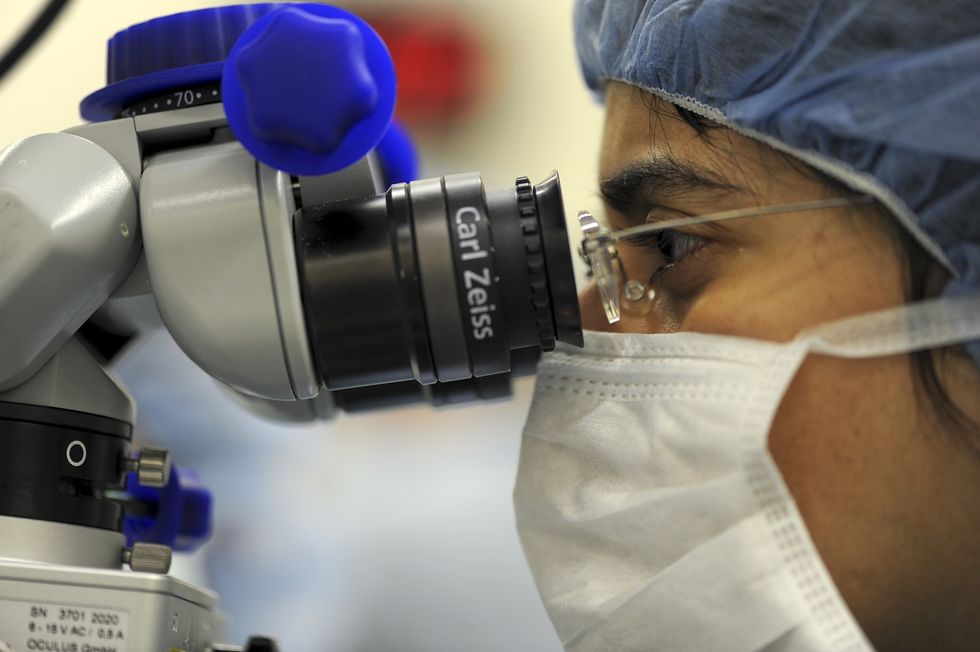3D printing has come a long way in the past few years. The internet is filled with ready-to-print objects for you to download and print yourself. Why buy a pen holder when you can print one? Decorate your kitchen with some freshly printed salt and pepper shakers or maybe a one-of-a-kind bottle opener. The possibilities are endless once your purchase your own 3D printer.
Household objects barely scratch the surface of the capabilities with 3D printing. Researchers at Harvard University have created a swatch of tissue that contains skin cells interwoven with printed structural material to serve as blood vessels.
A prosthetic leg can cost anywhere from $5,000 to $50,000. Researchers at the University of Toronto have been able to 3D print cheap and customizable prosthetic sockets that cost only a few hundred dollars.
One of the latest breakthroughs with 3D printing is something that might help you see better. Researchers at Newcastle University have designed a way to print corneas using a 3D bio-printer. Here are the details.
Che Connon, Professor of Tissue Engineering, along with his team, was able to combine healthy cornea stem cells with collagen and alginate, which is a sugar used in tissue regeneration. This combination creates a printable solution called 'bio-ink.' This special solution allows them to print the shape of a human cornea is just 10 minutes.
Why is this important?
Well, the cornea is located on the outermost layer of the eye. It's responsible for reflecting dirt and other bacteria that enter our eyes as well as helping us focus. Unfortunately, the cornea can be easily damaged. Because of this, 10 million people around the world are qualified for surgery to prevent corneal blindness and other disorders like trachoma.
The problem is, there is a serious lack of corneas available for transplant. A survey conducted in 2016, found that because of the shortage of corneal graft tissue, there is only one cornea available for every 70 needed.
Because of this long transplant waitlist, having a 3D-printed alternative might serve as a faster alternative for those qualified for a cornea transplant.
How are the 3D-printed cornea alternatives different from human ones?
Connon says, "Our unique gel - a combination of alginate and collagen - keeps the stem cells alive whilst producing a material which is stiff enough to hold its shape but soft enough to be squeezed out the nozzle of a 3D printer."
A future with 3D printed corneas is still several years away, but it serves as a beacon of hope for those who suffer critical cornea-related deterioration.












































